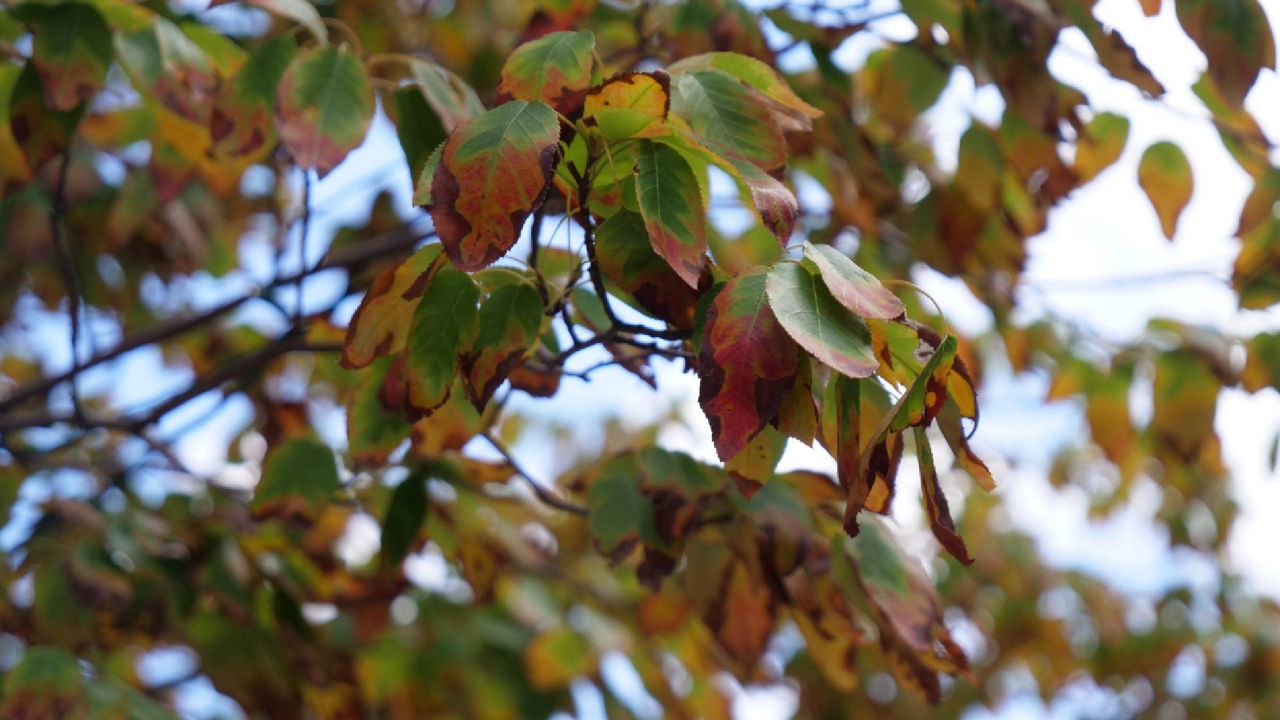Drought conditions are usually associated with the hot and dry months of summer. However, droughts can and often occur anytime of year. This is the case in Ohio as a majority of the state is experiencing a drought this fall.
We are more than halfway through meteorological fall, and in many pockets around the state, we are missing half of our seasonal average rainfall.
We experienced a significant lack of rainfall in September. When the month ended, many parts of Ohio accumulated less than one inch of rain.
In all corners of the state, cities witnessed a top 10 driest September on record. Cleveland and Columbus had their sixth driest, while Dayton had their seventh driest.

The trend for below-normal precipitation has lingered into present day. Even with our recent wet weather in early to middle October, rainfall deficits remain in place.

While northern Ohio has fared slightly better than central and southern Ohio, we are all in need of more water.
Farmers and gardeners are still tending to certain fruits and vegetables this time of year. This includes apples, corn, pumpkins, squash, root vegetables and various others.
The drought also affected this year’s fall foliage. According to David Parrott, a Fall Color Forester with the Ohio Department of Natural Resources, the lack of rainfall and warmer temperatures earlier in the season caused tree stress. This led to a sporadic and atypical pattern of when and where the leaves were changing around the state..

Some tree species, like the sugar maple, are less tolerant to drought than other varieties such as oaks. So the color of some trees are less vibrant than others this year. Parrott said that peak fall color is expected this week and next, so Ohioans should head out and enjoy the foliage if they can.
It should come as no surprise that the U.S. Drought Monitor has classified a majority of Ohio as "Abnormally Dry." The latest update from this organization places 96.71% of the state in this category.
The U.S. Drought Monitor has also classified 41.64% of the state as having "Moderate Drought" conditions. For reference, this is the lowest level of drought intensity on a scale of one to four. Areas around Cincinnati, Columbus and Dayton are included in this category.

The U.S. Drought Monitor and the Climate Prediction Center's outlook calls for short-term drought impacts to remain through the rest of October.
Looking ahead, there are some signs that drought conditions may ease up by the end of the year. The outlook shows that precipitation levels may return closer to normal for the second half of fall.

There is some good news in the days ahead. The chance for showers will be in the forecast through the end of the workweek and linger into the weekend. While rainfall totals will not be drought-busting, we should be able to chip away at some deficits that are currently in place.
Our team of meteorologists dives deep into the science of weather and breaks down timely weather data and information. To view more weather and climate stories, check out our weather blogs section.



